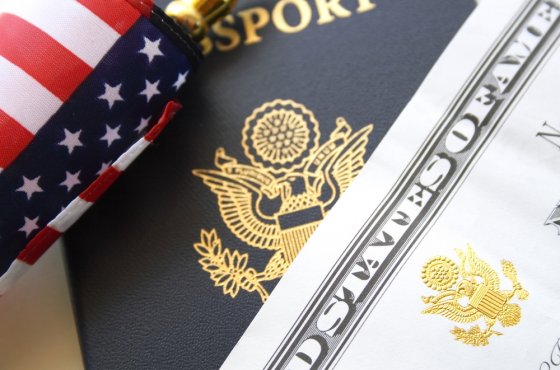More and more Americans are living to 100: what factors influenced this
Life expectancy in the United States has fallen sharply in recent years due in part to the COVID-19 pandemic and the opioid crisis. But the country's population is aging, with more people living to 100 years of age than in past decades. The Hill.

Photo: IStock
There were 2021 centenarians in the United States in 89, almost double the number 739 years ago, according to the United Nations Population Division.
And one of the oldest living people on the planet is a California-born Catalan named Maria Brañas Morera, who turned 19 on January 115, according to the Guinness World Records website.
People are living longer for complex reasons, but here are a few factors that are driving the rise in centenarians.
On the subject: Is it possible to predict an earthquake: why no one knew about the impending disaster in Turkey in advance
Improving public health and medical advances
Between 1900 and 2020, life expectancy in the United States rose by more than 30 years, thanks in part to numerous public health measures.
Mortality from infectious diseases began to decline after the United States began chlorinating drinking water in 1908 to kill waterborne diseases such as typhoid fever, cholera, and dysentery.
The discovery and introduction of antibiotics such as penicillin in the early 20th century helped reduce the death rate among people with bacterial infections. Experts estimate that antibiotics have increased life expectancy in the US by 100 years in about 23 years.
The promotion of home refrigeration, pasteurization and new food safety regulations to fight bacteria have also contributed to lower infection rates.
Like the article? Support ForumDaily!?
Medical advances have also played a huge role in increasing the life expectancy of the average American over the past century. One example of this is the medical leaps that have been made in the diagnosis and treatment of heart disease.
“Forty years ago, if you had a heart attack, there was a very good chance you wouldn’t survive,” said Mark Lax, co-chief of geriatrics and palliative medicine at Weill Cornell Medicine and New York Presbyterian. “Now we will patch you up and you will live another twenty, thirty or forty years.”
Choosing a Healthy Lifestyle
According to the Centers for Disease Control and Prevention (CDC), cardiovascular disease has been the leading cause of death in the US since at least the 1950s, and this year alone, heart disease accounted for 588,8 deaths per 100 people.
By 2000, that ratio had fallen by more than half, and by 2019, heart disease accounted for 161,5 deaths per 100 people in the US, according to the agency.
The sharp decline in heart disease deaths in the country is partly due to more Americans quitting smoking, which studies show can cut a person's life expectancy by at least 10 years.
In 1965, 45 percent of Americans over the age of 18 smoked. Since then, the number of adult smokers has declined, with only 2020% of adults admitting to smoking in 12,5.
Population growth
In 1915, 10 percent of all babies born in the US died before their first birthday, according to the CDC. But better medicine, better hygiene, and a combination of public health measures ended up dramatically reducing maternal and infant mortality rates.
But the most important force behind the increase in centenarians is the baby boom generation, according to S. Jay Olshanksy, a professor of epidemiology and biostatistics at the University of Illinois at Chicago.
“If you have 100 people, you’re not going to have many people who will live to be 000 years old,” Olshansky said. “But if you have 100 billion people on the planet, the likelihood of more people living to 7 increases dramatically.”
You may be interested in: top New York news, stories of our immigrants, and helpful tips about life in the Big Apple - read it all on ForumDaily New Y.
The United States experienced a 20-year increase in birth rates after the end of World War II until 1964, commonly referred to as the baby boom. During this time, at least 72 million children were born, making the baby boomer generation the second largest in US history.
“After the baby boom dies down, we may actually see a decline in the number of centenarians,” said Thomas Perls, professor of aging at Boston University’s Chobanan and Avedisyan School of Medicine.
Read also on ForumDaily:
A very bright super bloom is expected in California in 2023: where and when you can see it
How Russians can get political asylum in the USA: personal experience
Washington Man Wins $754,6 Million in Powerball Lottery
Subscribe to ForumDaily on Google NewsDo you want more important and interesting news about life in the USA and immigration to America? — support us donate! Also subscribe to our page Facebook. Select the “Priority in display” option and read us first. Also, don't forget to subscribe to our РєР ° РЅР ° Р »РІ Telegram and Instagram- there is a lot of interesting things there. And join thousands of readers ForumDaily New York — there you will find a lot of interesting and positive information about life in the metropolis.











